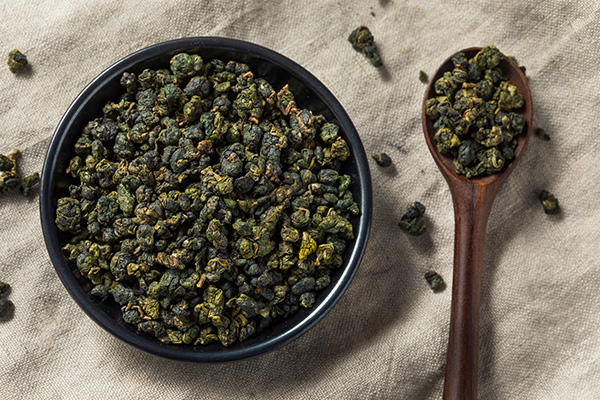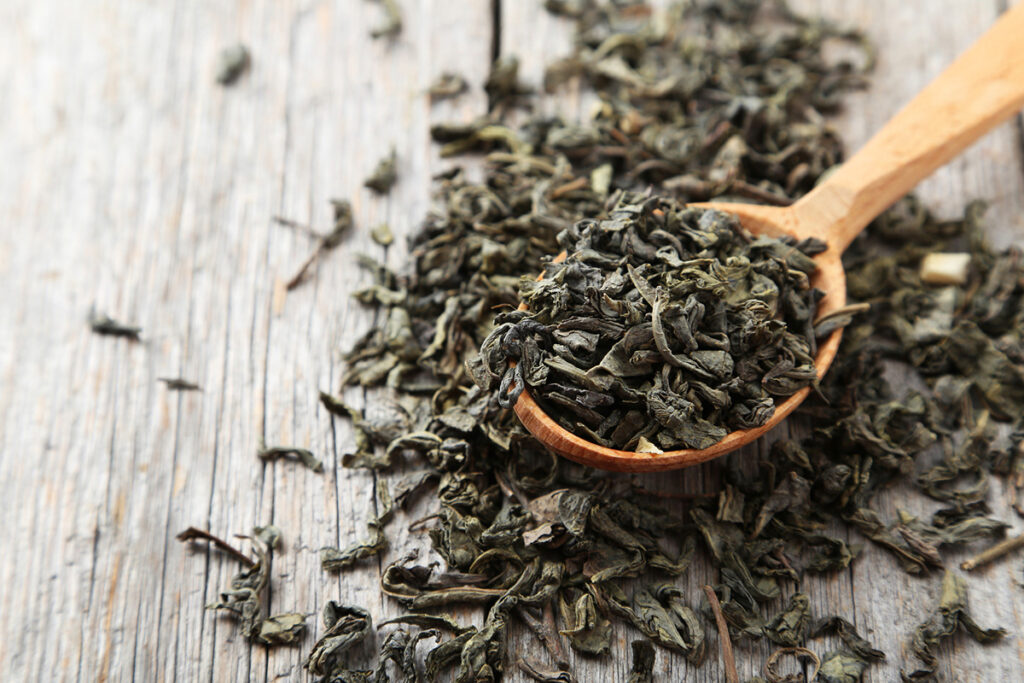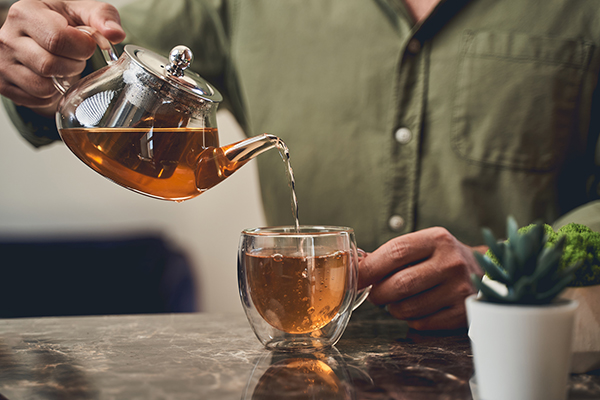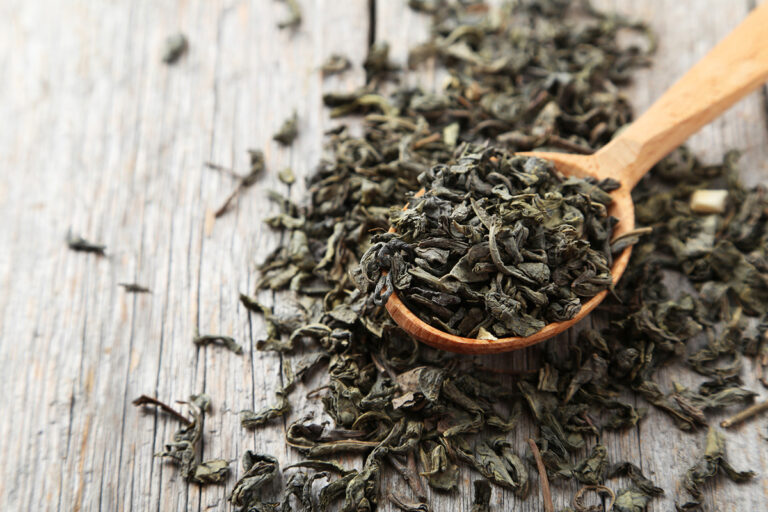Oolong Tea vs. Green Tea: A Comprehensive Comparison
Tea is among the most popular beverages globally, with numerous varieties. Two of the most popular types of tea are oolong tea and green tea. In this article, we will explore the differences between oolong and green tea and their respective benefits.
What is Oolong Tea?
Oolong tea is a partially fermented tea that originated in China. It is between green and black tea in terms of oxidation and flavor. The leaves are usually withered under strong sunlight, which allows them to oxidize to varying degrees. This oxidation process gives oolong tea its unique taste and aroma.

What is Green Tea?
Green tea, on the other hand, is an unoxidized tea that also originates from China. It is produced by quickly steaming or pan-frying the freshly harvested tea leaves to prevent oxidation. This minimal processing preserves the green color and the natural compounds found in the leaves, contributing to green tea’s delicate taste and aroma.

Is Oolong Tea Green Tea?
Although oolong and green tea come from the Camellia sinensis plant, they are not the same. The main difference between the two lies in their oxidation levels. Oolong tea is partially oxidized, giving it a unique taste and aroma, while green tea is unoxidized and has a more delicate flavor profile.
Benefits of Oolong Tea vs. Green Tea
Antioxidant Properties
Both oolong and green tea contain powerful antioxidants, which help neutralize harmful free radicals in the body. These antioxidants help reduce the risk of chronic diseases, including heart disease and cancer. However, green tea has a higher concentration of antioxidants, particularly a compound called epigallocatechin gallate (EGCG).
Weight Management
Oolong tea and green tea can both aid in weight management. Studies have shown that these teas can help increase metabolism and fat oxidation, thus promoting weight loss. While green tea may have a slight edge due to its higher concentration of catechins, oolong tea is also effective in helping with weight loss.
Brain Health
Both oolong and green teas contain caffeine and L-theanine, compounds that can help improve cognitive function and reduce anxiety. Green tea may have a slight advantage due to its higher L-theanine content, which promotes relaxation and mental clarity.
Oolong vs. Green Tea Caffeine
The caffeine content in oolong and green teas can vary depending on the processing method, tea variety, and brewing time. On average, an 8-ounce cup of green tea contains about 25-45 mg of caffeine, while an 8-ounce cup of oolong tea contains approximately 30-50 mg of caffeine.
So, oolong tea generally contains slightly more caffeine than green tea. However, this difference is usually minimal, and both types of tea are considered to have moderate caffeine levels compared to other beverages like coffee.
Taste of Oolong Tea vs. Green Tea
The taste of oolong and green tea can vary significantly due to differences in their oxidation levels and processing methods.
Oolong Tea Taste
Oolong tea offers a wide range of flavors, depending on the degree of oxidation and the specific processing techniques used. The taste of oolong tea can range from floral and fruity to creamy and toasty. Lightly oxidized oolong teas tend to have a fresh, floral, and slightly sweet taste, while more heavily oxidized oolongs can develop a richer, bolder, and more complex flavor profile with nutty, caramel, or even chocolate notes.
Green Tea Taste
Green tea, on the other hand, has a more delicate and subtle taste profile due to its minimal oxidation. The flavor of green tea can vary depending on the specific type and the processing method used. Generally, green tea has a fresh, grassy, and vegetal taste, often accompanied by a slight bitterness or astringency. Some green teas can also have sweet, floral, or fruity notes, depending on the variety and region where they are grown.
Teeth-Staining Ability of Oolong Tea vs. Green Tea
Teeth staining is largely associated with the tannin content in the beverage. Tannins are a type of polyphenol that are naturally present in many types of tea, and they tend to bind to proteins and other organic compounds, including the enamel of your teeth. This binding leads to staining and discoloration over time.
Oolong tea contains significantly more tannins (8.66%) than green tea (2.65%). This higher tannin content suggests that drinking oolong tea could lead to more teeth staining than drinking green tea, all other factors being equal.
Which Tea Should You Choose?
Both oolong and green teas have their unique characteristics and health benefits.
When it comes to choosing between oolong tea and green tea, it mostly depends on your personal preference. Green tea might be the better choice if you prefer a more delicate flavor with a slightly higher concentration of antioxidants. However, oolong tea may be more appealing if you enjoy a more robust flavor and a wider range of oxidation levels.
Whatever you choose, incorporating either oolong or green tea into your daily routine can be a delicious and healthful addition to your diet.
Best Green and Oolong Teas Worth Trying
If you decide to opt for green tea, we’ve picked out the best bagged green tea options for your perusal, focusing on quality and taste.
If you choose to favor oolong over green tea, we have tested dozens of products and identified some of the best-tasting oolong teas for you.





